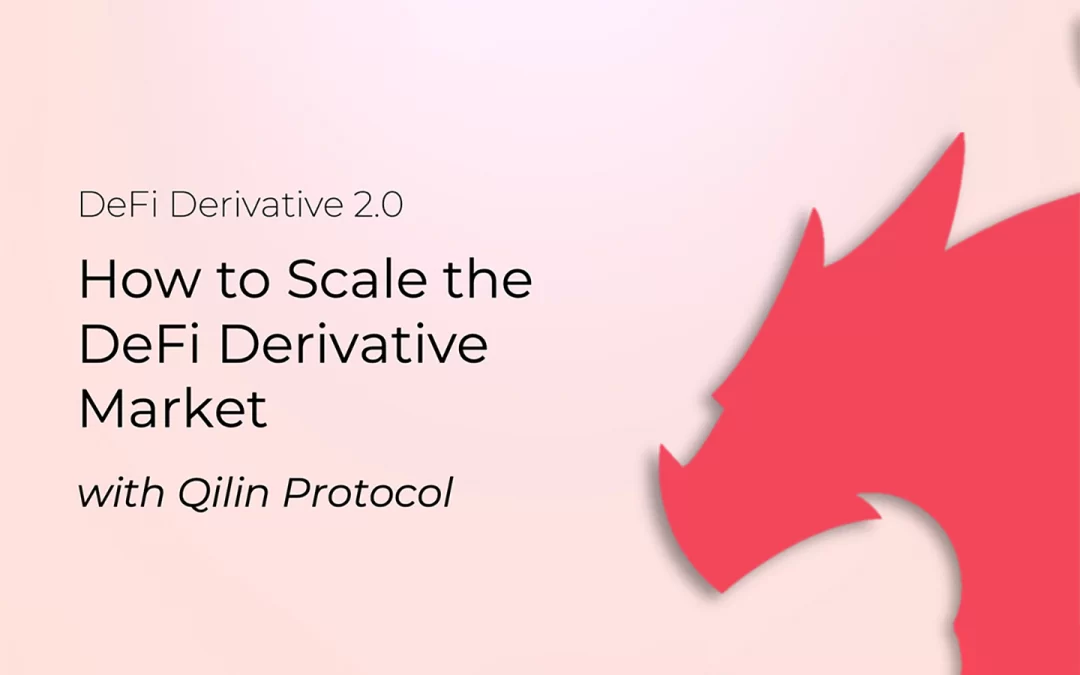The decentralized finance (DeFi) market has three core areas: permissionless trading, permissionless marketplace creation and permissionless market making – and the last two are essential for the DeFi derivatives market to successfully scale, in addition to enhanced yields for liquidity providers.
Permissionless trading has so far been the most widely adopted, thanks to the maturity of on-chain Web 3.0 wallets and their adoption by almost all DeFi protocols. In comparison, decentralized marketplace creation and market making are more recent capabilities enabled by automated market makers (AMMs).
However, AMMs have not led to equal decentralized marketplace creation and making between the spot and derivative markets. In the spot, a market can be created for any asset paired with any other asset, and if such a pair does not exist, a swap can still be done by routing through an intermediary asset such as USDC. This makes the spot a highly composable market and one that is easy to integrate for tokens.
However, in the derivatives market this is more challenging. In response, several different protocols have been created. One solution is the creation of on-chain perpetual liquidity, through a virtual liquidity machine to create a constant product that can supply long and short liquidity. This model eliminates liquidity provider risks by cutting out the role of the liquidity provider (LP) altogether. But in doing so, it transfers the risk from the LP to the protocol.
The key to permissionless derivatives is a liquidity provision model that LPs can and want to use. If a protocol can answer the product-market fit, it would solve the liquidity issue for derivatives. One such perpetual product would be inverse contracts. These allow traders to trade in the token that they hold rather than source stablecoins. LPs can provide liquidity in a similar manner.
Inverse perpetuals can scale the DeFi derivative market. From stablecoins to crypto assets, from LP tokens to index assets – given a price oracle, they enable perpetual contract creation denominated in any asset. In DeFi 2.0 for example, protocols and decentralized autonomous organizations (DAOs) have gained massive success by creating a use case for LP tokens. We see a similar growth vector in the enabling of all crypto assets in derivatives.
Yield enhancement
The other fuel for scaling the DeFi derivatives market will be increased and enhanced yields for liquidity providers. As liquidity provision on derivative protocols becomes more decentralized, a new yield market will emerge in derivatives in addition to the lending and swap-yield pools. While this will create new opportunities for yield seekers and boost asset holding values, derivative liquidity pools will also face competition from swap and lending pools. As market makers and LPs in derivatives take on relatively higher risk profiles, a competitive annual percentage yield (APY) becomes crucial in attracting liquidity.
In the lending market, LPs can enjoy passive yield on their liquidity. In the derivative market, LPs consistently have a risk exposure as the counterparty trader. Because of the inherent risk of derivative liquidity provision, a maximally efficient liquidity provision model that only involves a singular participant must include a risk adjustment design that auto-balances the risk-reward ratio.
A rebase funding rate is a feasible way to achieve this risk-reward balance for derivative liquidity provision. A rebase funding rate is a paid to-LP funding rate scheme that collects funding rate payments from the pool of trading margin for the liquidity pool through rebase, based on the current liquidity risk exposure calculated by the ratio of unmatched positions to the liquidity pool value.
Connect with Qilin Protocol
You can find much more detail about Qilin Protocol’s proposals for permissionless market creation and making via inverse perpetuals here and yield enhancement via rebate funding rates here.
Indeed, these proposals have already struck a chord with those looking for ways to scale the DeFi derivatives market. Qilin’s V2 Public Testnet was launched on Nov. 16 after a closed beta testing period over the past two months. It marks a major milestone ahead of Qilin’s V2 mainnet launch.
In the first week of testing, there were 4,156 transactions via 743 unique addresses (users) and in six market pairs. All of these were external to Qilin, showing the global interest in finding new ways to scale the DeFi derivatives market.














